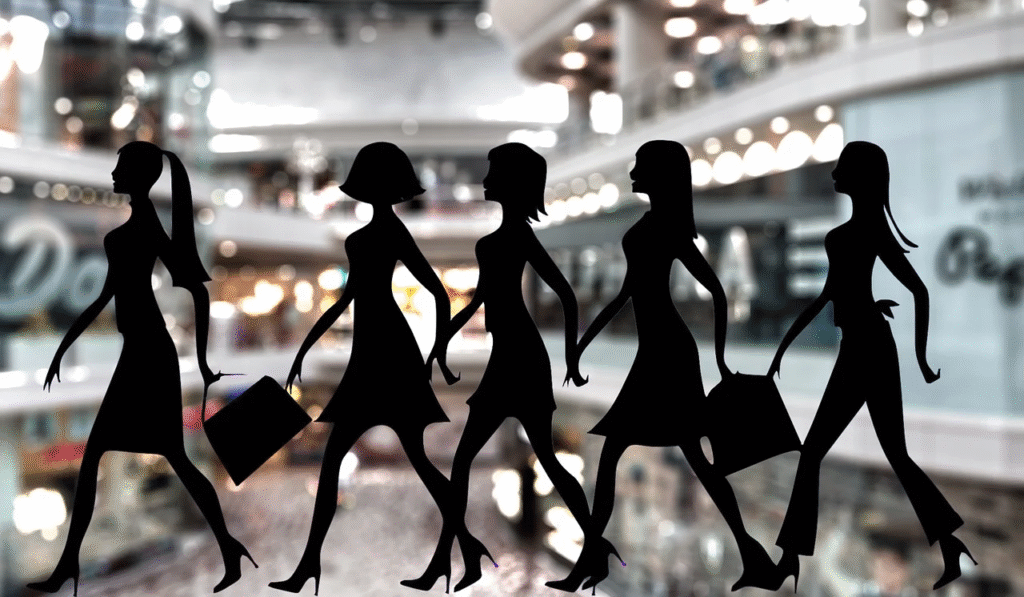Hot or Not? Fashion City Trends 2025 You’ll Love & Hate
Fashion has always been a mirror of culture, identity, and innovation, and as we step into 2025, cities around the world are shaping the future of style in unique ways. From bold experiments to sustainable revolutions, the fashion capitals and rising cities are influencing what we wear and how we express ourselves. This article explores Fashion City Trends 2025, uncovering the highlights, shifts, and benefits of what’s next in the global fashion landscape.
Understanding the Importance of Fashion City Trends 2025
Fashion city trends are not just about clothing—they represent movements, lifestyles, and shifts in consumer preferences. Each year, cities like Paris, Milan, New York, and Tokyo push forward new ideas that trickle down into mainstream fashion. In 2025, these cities are redefining fashion with a blend of sustainability, futuristic design, and cultural diversity.
The Rise of Fashion Cities Beyond the Big Four
Emerging Fashion Capitals in 2025
While Paris, Milan, New York, and London remain iconic, new cities are rising to prominence. Cities such as Seoul, Dubai, Lagos, and Mumbai are gaining recognition for their unique fusion of tradition and modernity. These urban centers are not just showcasing fashion but are becoming hubs of innovation and creativity.
Why Emerging Cities Matter in Fashion
The influence of these cities lies in their ability to merge heritage with contemporary style. For instance, Lagos is setting the tone for Afrocentric prints and luxury streetwear, while Dubai is pushing modest yet glamorous fashion that appeals globally. By 2025, fashion is no longer limited to the West; it is an inclusive global dialogue.
Key Fashion City Trends 2025 to Watch

Sustainability Takes Center Stage
Sustainability is not just a buzzword anymore. Fashion cities are enforcing eco-friendly production, circular fashion, and zero-waste design policies. Thrift culture, upcycling, and biodegradable fabrics are becoming mainstream in urban fashion hubs.
Digital Fashion and Metaverse Integration
2025 is the year where fashion cities are fully embracing digital innovation. Virtual runways, metaverse shopping, and AI-driven designs are reshaping how consumers experience fashion. Cities like Tokyo and Seoul are leading in wearable tech and digital fashion experiments.
Genderless and Inclusive Fashion
Fashion cities in 2025 are breaking away from rigid gender norms. Genderless collections, inclusive sizing, and diverse representation are at the forefront. This reflects the progressive values of urban consumers who seek identity-driven rather than stereotype-driven fashion.
The Return of Nostalgic Styles
Retro revival continues to thrive in 2025. From ‘90s oversized silhouettes to Y2K-inspired accessories, fashion cities are reviving the past with a futuristic twist. Designers are blending vintage inspirations with innovative fabrics and bold colors.
Positive and Negative Aspects of Fashion City Trends 2025
Positive Aspects That Empower the Industry
- Global inclusivity: Diverse cities have more influence than ever.
- Eco-conscious shift: Brands are becoming responsible toward sustainability.
- Tech-driven creativity: The metaverse and AI are opening unlimited possibilities.
- Cultural preservation: Cities are blending heritage with modern aesthetics.
Negative Aspects That Raise Concerns
- Over-commercialization: Some trends feel mass-produced and lack authenticity.
- Accessibility issues: Luxury digital fashion often excludes average consumers.
- Trend overload: Rapid changes can overwhelm shoppers and reduce timelessness.
- Greenwashing risks: Not all sustainability claims from brands are genuine.
Benefits of Following Fashion City Trends 2025
Staying Ahead in Style
Fashion city trends guide consumers on what’s fresh and relevant. Staying informed allows people to refine their wardrobes with confidence.
Inspiration for Personal Expression
By watching these trends, individuals can adapt styles that resonate with their identity. Whether minimalist, experimental, or culturally inspired, trends give room for self-expression.
Boost for Local Economies
Cities that embrace fashion trends attract tourists, events, and investments. Fashion shows and cultural exhibitions generate global attention, boosting urban economies.
Empowerment Through Representation
With inclusivity at the heart of fashion city trends, more people feel represented. This empowers individuals to feel confident and validated in their style choices.
How Fashion Enthusiasts Can Adapt Fashion City Trends 2025

Smart Wardrobe Planning
Instead of blindly following every trend, fashion enthusiasts can curate timeless pieces mixed with trending accents. This creates a sustainable and stylish wardrobe.
Shopping Sustainable Brands
Consumers can support fashion cities’ sustainability goals by buying from eco-friendly and transparent brands. Thrift shopping and upcycling are also strong choices.
Exploring Digital Fashion
With fashion expanding into the metaverse, trying digital fashion can be an exciting way to experiment with looks without waste. Virtual outfits and AR try-ons are becoming accessible.
Mixing Global Inspirations
Adapt trends from different fashion cities by blending them into personal style. For example, pairing Tokyo-inspired streetwear with Parisian chic or Dubai’s modest glam with New York’s edgy designs.
A Quick Overview of Fashion City Trends 2025
| Trend Category | Key Highlights | Leading Cities | Benefits |
|---|---|---|---|
| Sustainability | Circular fashion, upcycling, eco-friendly fabrics | Milan, Copenhagen, Amsterdam | Reduces waste, promotes conscious living |
| Digital Fashion | Metaverse shows, AI fashion, AR try-ons | Tokyo, Seoul, New York | Tech integration, limitless creativity |
| Inclusivity & Genderless | Unisex collections, diverse sizing | London, Berlin, Los Angeles | Breaks stereotypes, broadens style access |
| Cultural Fusion | Afrocentric prints, modest fashion, retro revivals | Lagos, Dubai, Mumbai | Preserves heritage, promotes diversity |
Conclusion: The Future of Fashion Cities in 2025

Fashion City Trends 2025 highlight a turning point for the industry—one that merges sustainability, technology, and inclusivity while celebrating cultural richness. Whether it’s the eco-conscious streets of Copenhagen, the digital innovation of Seoul, or the cultural vibrance of Lagos, cities worldwide are shaping how we dress, consume, and express ourselves.
For fashion lovers, these trends are more than just seasonal changes—they represent opportunities to align with values, embrace creativity, and redefine personal style. As fashion cities continue to evolve, they remind us that clothing is not just fabric—it’s a reflection of culture, identity, and progress.
Comments
Post a Comment